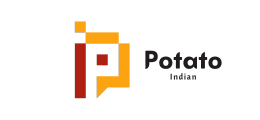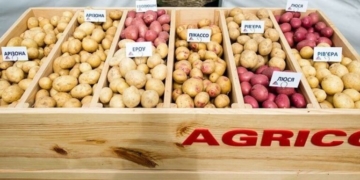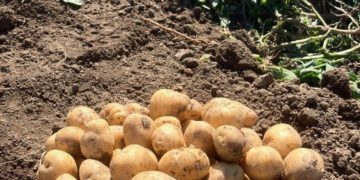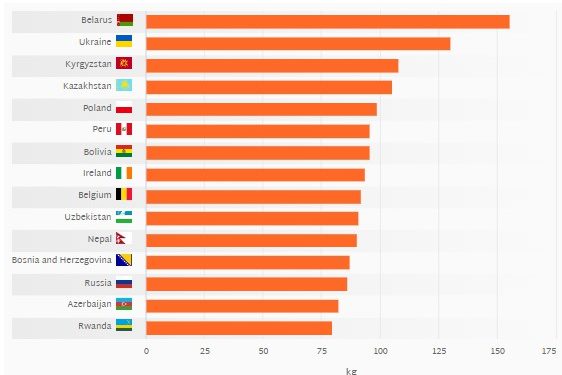Potatoes are not merely common food staples; they are versatile and accessible ingredients that find their way onto dinner plates around the world. However, the average potato consumption per capita varies significantly across different regions, influenced by a multitude of factors including cultural preferences, local economies, and agricultural conditions.
In terms of regional consumption, till 2021 Eastern European nations lead the world in per capita potato intake. Belarus stands out at the top, with each citizen consuming approximately 155 kg of potatoes annually. Other countries in the region, such as Ukraine, Kazakhstan, and Russia, also report substantial consumption, with figures exceeding of about 100 kg per person** each year. This trend can be attributed to the potato’s adaptability to diverse growing conditions and the cultural traditions that encourage its use as a staple food.
Conversely, potato consumption tends to be markedly lower in many African countries and parts of Asia, where the average per capita intake falls below 20 kg. This disparity is likely influenced by cultural preferences that favor other staples, as well as climate-related factors that may limit potato cultivation.
Economic circumstances also play a critical role in potato consumption patterns. In wealthier nations, such as the United States and various European countries, where average incomes are higher, individuals have better access to a wider variety of foods. Consequently, these countries report annual potato consumption rates of at least 70 kg per capita.
China produces the largest amount of potatoes in the world, and the country produces about 20% of the global potato output. But while fresh potatoes are a traditional part of the Chinese national diet, they’re viewed as a vegetable rather than as a staple, and China’s per capita consumption of potato is 46 Kg, yet higher than the global average of 33 Kg in 2021
India which is the second largest producer of potatoes globally has an avearge per capita potato consumption of 25 Kg which reflects a unique blend of cultural practices and economic factors. Indian cuisine traditionally relies more on rice, wheat, and pulses as staple foods. Religious and cultural traditions further shape potato consumption patterns. For instance, in India, where a significant portion of the population practices Jainism, potato consumption is generally lower. Strict Jains avoid root vegetables, which naturally leads to reduced per capita intake of potatoes. In contrast, countries with rich culinary traditions centered around potatoes—such as Ireland, Peru, and the Netherlands—exhibit higher consumption rates. These nations not only have cultural ties to potato-heavy diets but also possess agricultural conditions conducive to efficient potato cultivation.
The health implications of potato consumption cannot be overlooked. Potatoes are nutritious and high in fiber; however, they are often prepared in less healthy ways, such as frying or processing. This raises important questions about the relationship between potato consumption and health-related trends, including issues like obesity. Therefore, it’s crucial to analyze how variations in potato intake may correlate with broader health outcomes in different populations.
The per capita consumption of potatoes is influenced by various regional, economic, and cultural factors. While Eastern Europe leads in consumption rates, other regions, including parts of Africa and Asia, display significantly lower averages.

















